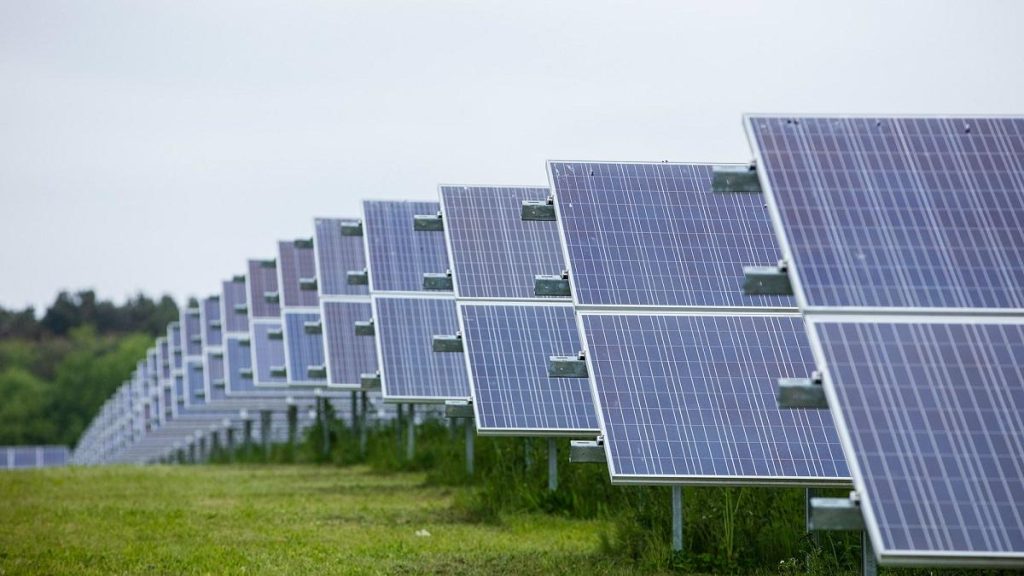The government of Australia announced a significant expansion of its Capacity Investment Scheme (CIS), its key tool aimed at de-risking investments in clean energy at scale, with a new target to deliver an additional 40 GW in renewable energy and storage capacity by 2030, up from its prior 32 GW goal.
The CIS program is aimed at accelerating the rollout of clean energy infrastructure, in support of Australia’s goal to reach 82% renewable electricity by 2030. Under the program, the government seeks competitive tender bids for underwriting contracts to support renewable generation, such as wind and solar, and dispatchable capacity, such as battery storage, providing long-term revenue certainty to decrease financial risk for investors.
Following the increase in the scheme’s capacity, the CIS will now target 26 GW of renewable generation capacity and 14 GW of dispatchable capacity, up from the prior goals set in 2023 of 23 GW and 9 GW, respectively.
To date, through 6 tenders, the program is on track to deliver 18 GW of generation and dispatchable storage projects. Auctions through the CIS will continued to be carried out through 2027.
According to Australia’s Department of Climate Change, Energy, the Environment and Water (DCCEEW), the uplift in the scheme’s capacity will enable the CIS to support investments of approximately A$21 billion in storage capacity and A $52 billion in solar and wind technologies.
In a statement announcing the increase, the DCCEEW said:
“More CIS generation and storage capacity means that our energy grid will become more reliable as we transition to renewable electricity.”

